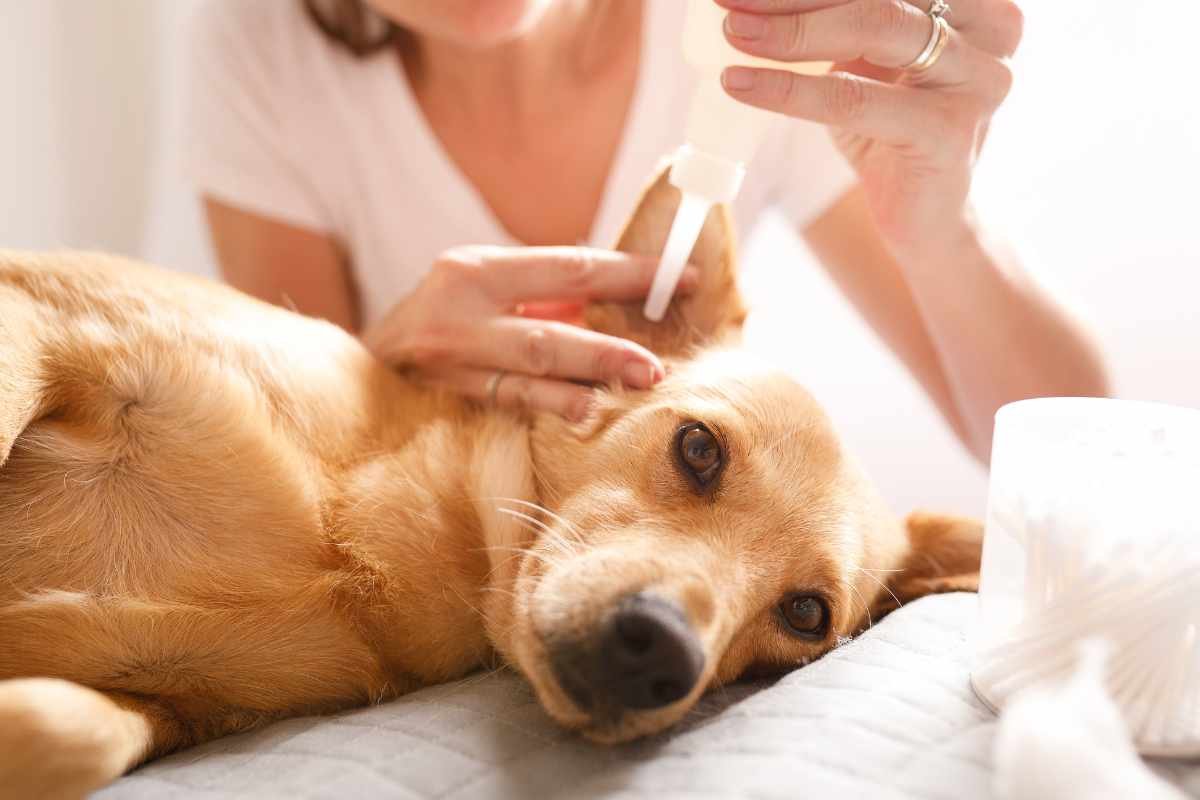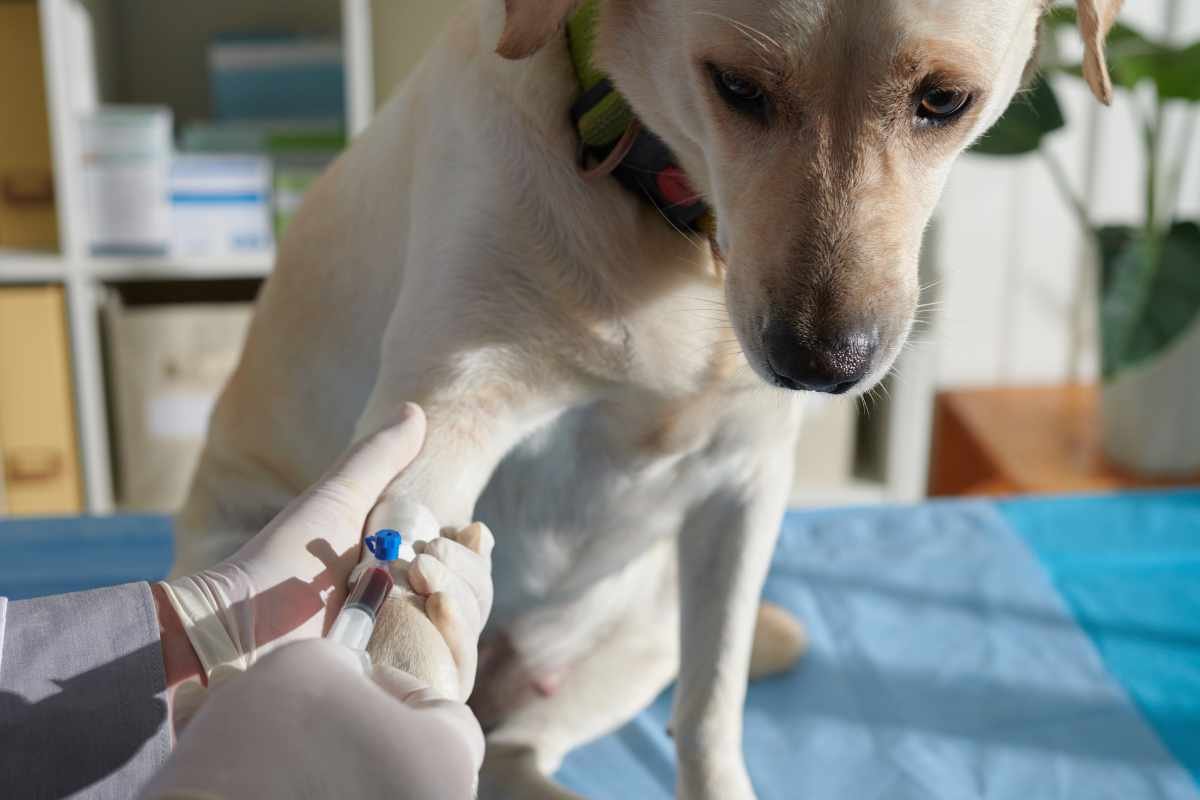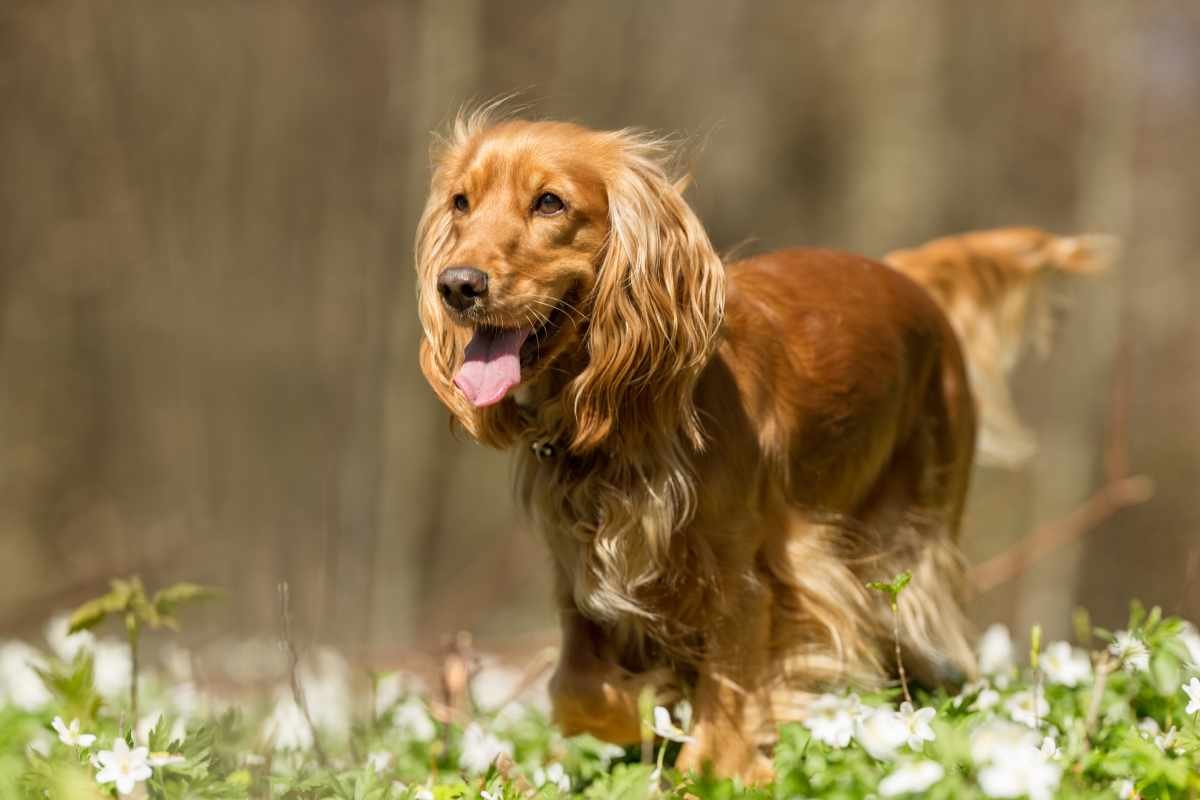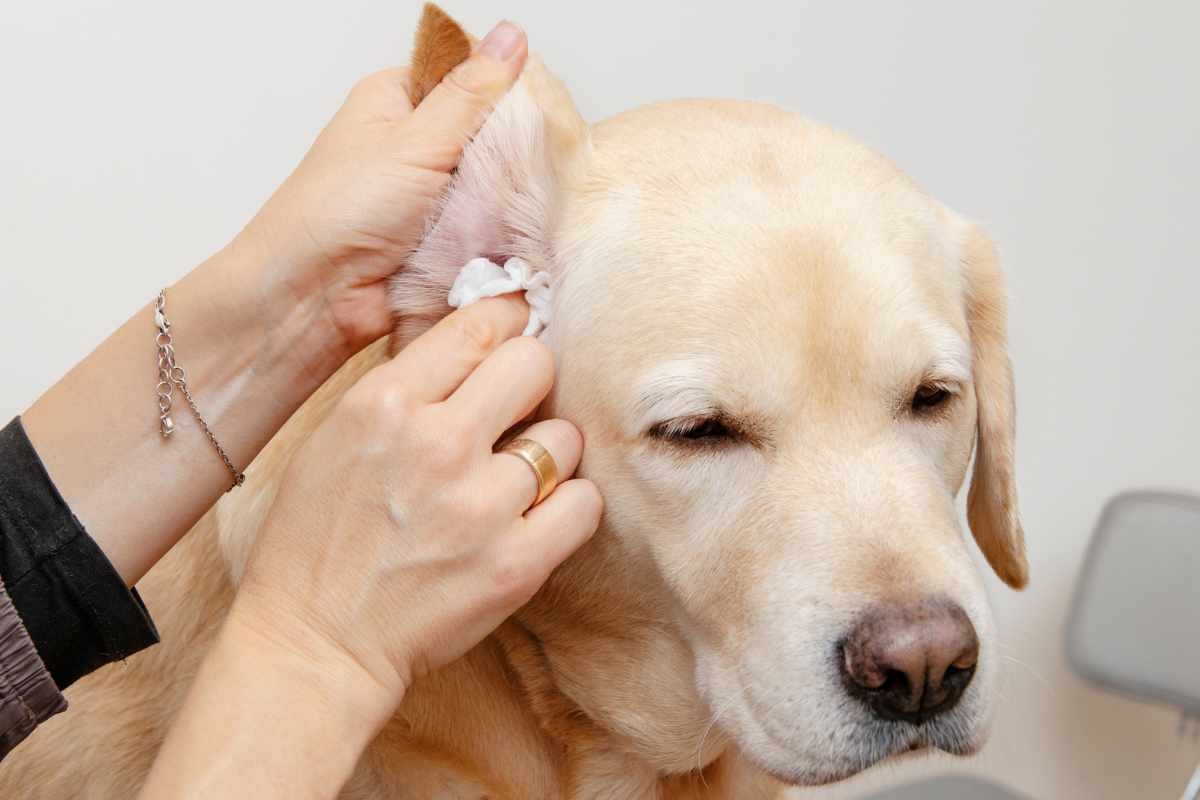Have you ever noticed a dog scratching its ears more than usual?
If you have and still thinking why, then it is because of the yeast infection that is growing in the ears of the dog. The fungus is always present inside the ear canal and can lead to excessive growth due to certain conditions. These conditions are humidity, the breed, and the size of the dog’s ear canal can give rise to this infection. The yeast infections are not only troublesome for the pets but also for the pet owners as they can’t see their dogs in discomfort caused by this infection.
In this blog, we will understand the symptoms, causes, and treatment options for yeast in dog’s ears that will keep your furry friend happy and playful.
Symptoms of Yeast in Dog’s Ears
A pet owner needs to recognize the signs of yeast in a dog’s ears to avoid further complications. The below symptoms will help you with the same.
- The dog will constantly keep scratching his ears
- Pink or Red skin due to swelling inside the ear canal
- Hair loss, head shaking, and tilting
- A musty and foul odor from the ears
- Dried or hardened skin areas around the ears.
Causes of Yeast in Dog’s Ears

Several factors can cause the overgrowth of yeast in the dog’s ears. Here are some of the causes:
- Allergies, chronicle illness, autoimmune, and age-related diseases open a door for pathogens like Malassezia yeast that weaken the body’s ability to keep yeast levels checked.
- Hormonal Imbalance in the dog’s body can lead to different diseases that can create an imbalance in the delicate equilibrium of the ear canal.
- After swimming or having a bath, pet owners should ensure that the dog doesn’t have moisture in the ears. This may lead to an increase in yeast later on in the dog’s ear canal.
- Environmental conditions, food-related issues, or dogs of certain breeds, especially those with floppy ears, can be more prone to yeast infection.
These are some common factors that a pet parent must know to take a proactive approach and keep checking their dog’s ear health. Regular veterinary check-ups, and maintaining clean and dry ears by using antibiotics and other medications can protect the dog from such yeast and bacterial infections. This will help them to maintain the overall well-being of their pets.
Diagnosis of Yeast in Dog’s Ears

A vet will conduct several examinations and will take a sample of the ear discharge. From this sample, the vet will check in the microscope if yeast is present. The vet also uses other tools like an otoscope to check if there are any other abnormalities or inflammation present in the ear canal. Blood tests are also taken to check the allergies and the overall health condition of a dog.
All these examinations help the vet to prepare the treatment plan that will help to prevent yeast infection in the future.
Treatment Options for Yeast in Dog’s Ears
Here are some treatment options that can be considered once the yeast is diagnosed in the dog’s ear.
- Topical Medications: Ear drops, shampoos, and ointments containing antifungal agents that will help to treat the yeast infection in a dog’s ears.
- Ear Cleaning Solutions: Use an ear cleaner that suits your dogs and can help you remove debris and extra moisture if it is present in the ears.
- Avoiding Moisture: As a pet owner you should take care that after the dog’s bath or swimming sessions, they should clean the ears till it is dry.
- Provide food Advised by the Vet: When your dog is going through yeast infection avoid food that has ingredients like beef, chicken, soy, wheat, and corn.
If your dog is suffering from other allergies it is better to manage them because they can also act as a catalyst towards this infection.
Common Dog Breeds – Yeast in Dog’s Ears
As mentioned above here are some of the dog breeds that suffer from Yeast Infection. These breeds generally have ears with excessive skin folds, floppy ears, and hair growing inside the ear canal.

The pet owners of the breed of these dogs need to regularly clean and maintain their ears to prevent the development of yeast infections.

Top 10 Most Common Health Problems For Dogs:
There are several Common Health Problems For Dogs must deal with. However, with the right medications and immunizations, many of these issues may be avoided.
Conclusion
Yeast infection in the dog’s ears can be uncomfortable and dangerous for both the pet and the owner. We hope this blog has provided you with valuable insights and that you might have gotten some understanding of yeast infection, its symptoms, causes, and treatment options that can be provided to the dog.
A prompt diagnosis must be made to avoid the yeast in the dog’s ears. With proper care, and attention you can provide your dog with a healthy life.







